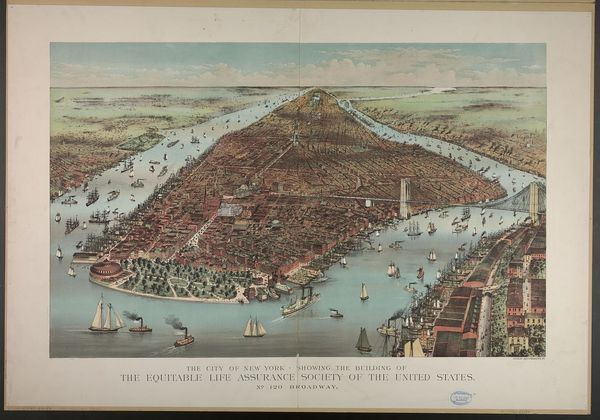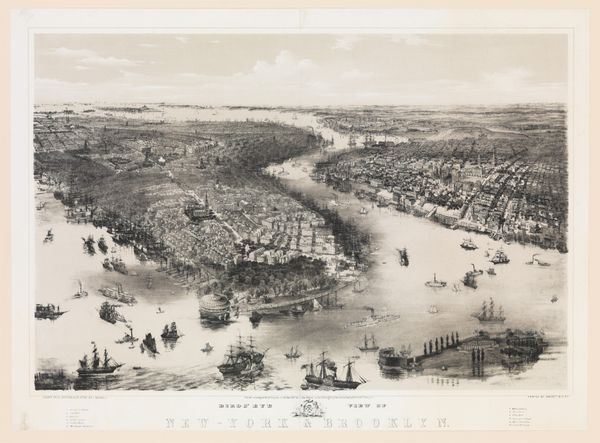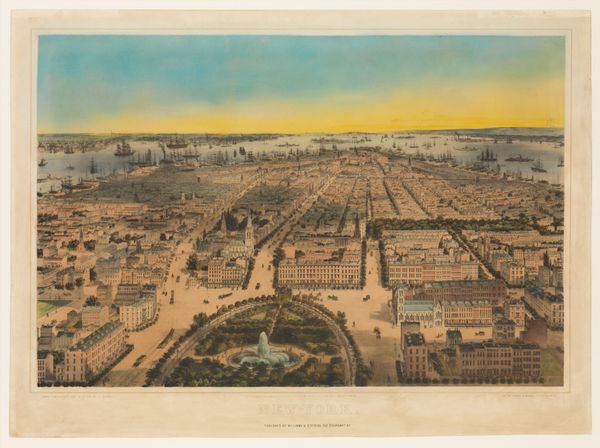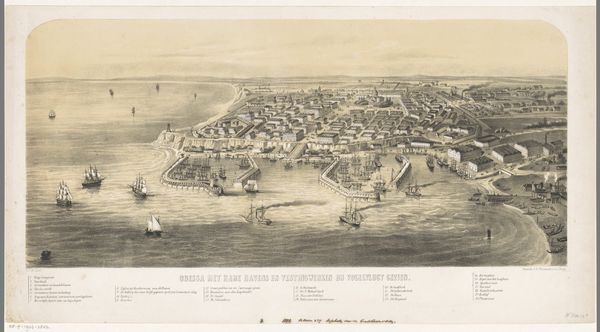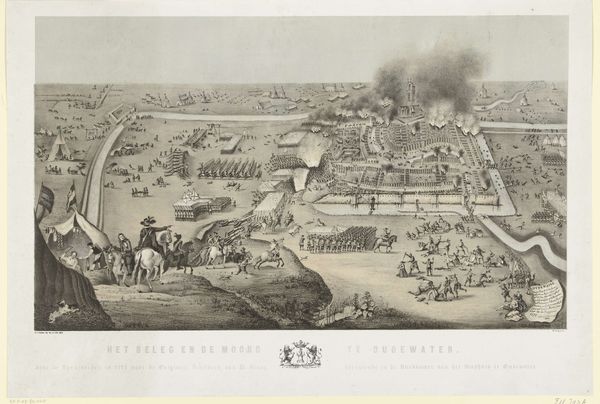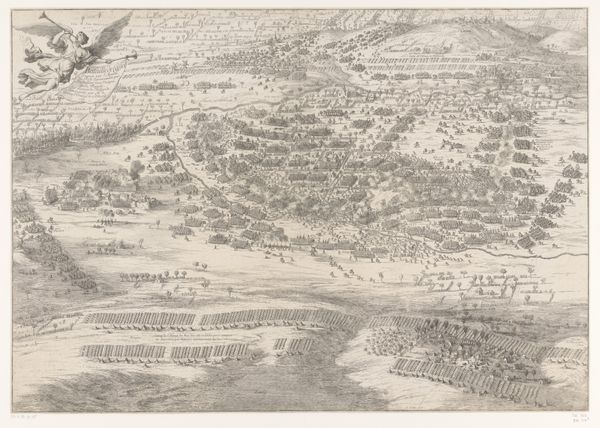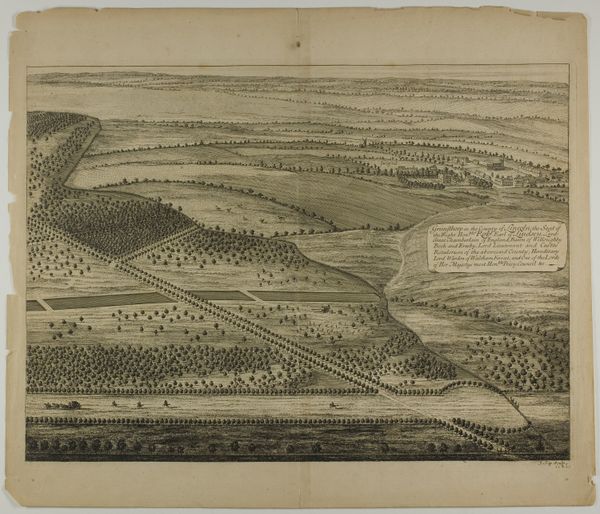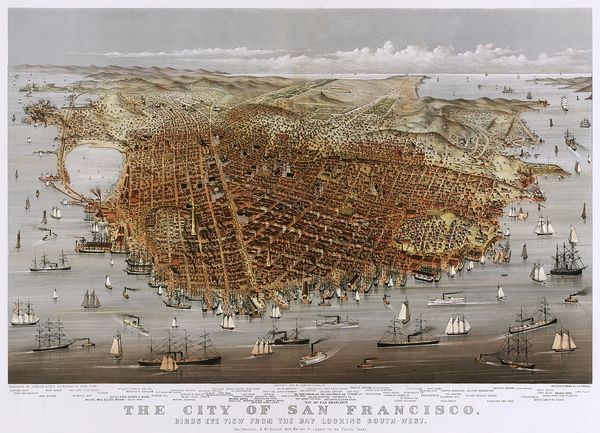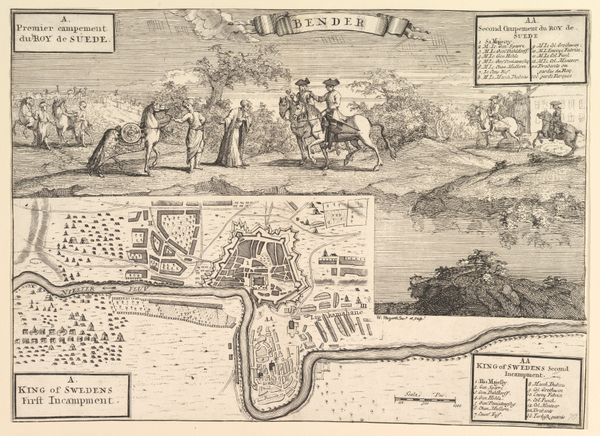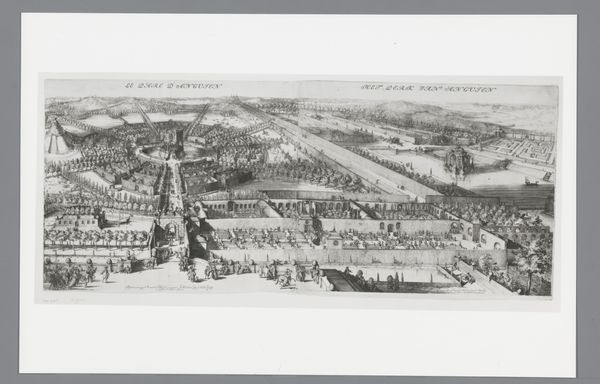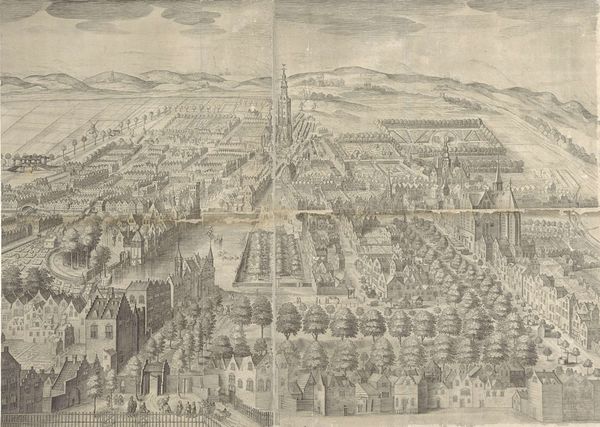
lithograph, print
#
16_19th-century
#
lithograph
# print
#
landscape
#
coloured pencil
#
cityscape
#
mixed medium
#
mixed media
Copyright: Public domain
Editor: We're looking at "View of Brooklyn," a lithograph made in 1879 by Currier and Ives. The level of detail is just astounding! It almost feels like looking at a map, but a very romanticized version of one. What social commentary do you think we can derive from a print like this? Curator: That's a great starting point. Considering the period, such prints were immensely popular because they were accessible. Currier and Ives mass-produced these images, putting views of burgeoning urban landscapes, like Brooklyn, into the homes of ordinary people. It signifies a growing sense of civic pride and urban identity. Do you see how it almost aggrandizes the city? Editor: Absolutely. There’s a clear intention to present Brooklyn as a thriving metropolis, packed with activity. All those ships! All those buildings! Did the artists have a particular audience in mind? Curator: Precisely. Consider who would purchase such a print. Not necessarily the elite, but rather the rising middle class, eager to participate in this narrative of progress. It offered them a stake, an aesthetic and emotional investment in Brooklyn’s growth and success. The question then becomes, whose story is amplified and whose is omitted in this visual representation of progress? Editor: That's fascinating! So it’s less about a straightforward depiction of Brooklyn and more about selling a particular vision of urban life and upward mobility to a specific demographic? Curator: Exactly! The politics of imagery is always at play. Prints like these weren’t simply reflecting reality, but actively shaping perceptions, celebrating a particular version of urban America while potentially overlooking the realities of industrial labor and social disparities. It served as a potent form of civic boosterism. Editor: This perspective really shifts how I see the artwork. It’s not just a pretty cityscape, but a carefully constructed statement about Brooklyn's identity and aspiration. Thank you for opening my eyes to this artwork! Curator: My pleasure. Thinking about how art shapes public perception is what keeps history alive, constantly evolving.
Comments
No comments
Be the first to comment and join the conversation on the ultimate creative platform.

